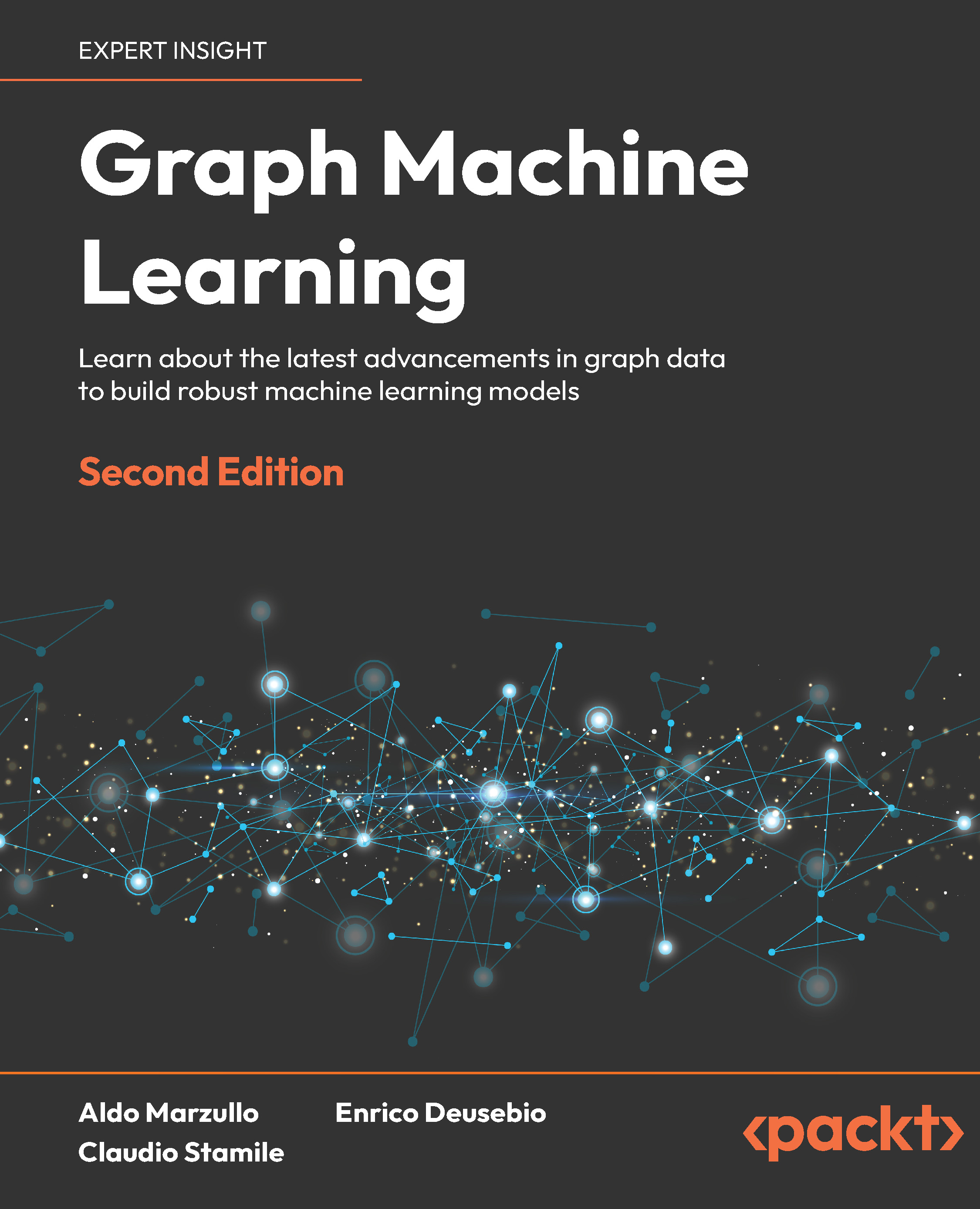How Figma Migrated onto K8s in Less Than 12 months
Figma completed its migration to Kubernetes in under a year by meticulously planning and executing a well-scoped transition. Initially running services on AWS's ECS, Figma faced limitations such as complex stateful workloads and limited auto-scaling. The decision to move to Kubernetes (EKS) was driven by its broader functionality, including support for StatefulSets, Helm charts, and advanced scaling options from the CNCF ecosystem. By Q1 2024, Figma had migrated most core services with minimal impact on users, resulting in enhanced reliability, reduced costs, and a more flexible compute platform.
Github Copilot Autofix: Secure code 3x faster
Copilot Autofix, now available in GitHub Advanced Security, is an AI-powered tool designed to help developers fix code vulnerabilities more than three times faster than manual methods. It analyzes vulnerabilities, explains their significance, and offers code suggestions for quick remediation. This accelerates the fixing process for both new vulnerabilities and existing security debt, significantly reducing the time and effort required for secure coding. Copilot Autofix is included by default for GHAS customers and also available for open source projects starting in September.
New Kubernetes CPUManager Static Policy: Distribute CPUs Across Cores
Kubernetes v1.31 introduces a new alpha feature called "distribute-cpus-across-cores" for the CPUManager's static policy. This option aims to enhance performance by spreading CPUs more evenly across physical cores, rather than clustering them on fewer cores. This reduces contention and resource sharing between CPUs on the same core, which can boost performance for CPU-intensive applications. To use this feature, users need to adjust their Kubernetes configuration to enable it. Currently, it cannot be combined with other CPUManager options, but future updates will address this limitation.
Announcing mandatory multi-factor authentication for Azure sign-in
Microsoft is making multi-factor authentication (MFA) mandatory for all Azure sign-ins to enhance security and protect against cyberattacks. Starting in the latter half of 2024, Azure users will need to use MFA to access the Azure portal and admin centers, with broader enforcement for other Azure tools like CLI and PowerShell set for early 2025. MFA, which adds an extra layer of security by requiring more than just a password, is shown to block over 99% of account compromises.
GitHub scales on demand with Azure Functions
GitHub faced scalability issues with its internal data pipeline, which struggled to handle the massive amount of data it collects daily. To address this, GitHub partnered with Microsoft to use Azure Functions' new Flex Consumption plan, which allows serverless functions to scale dynamically based on demand. This solution has enabled GitHub to efficiently process up to 1.6 million events per second, addressing their growth challenges and improving performance with minimal overhead.
 United States
United States
 Great Britain
Great Britain
 India
India
 Germany
Germany
 France
France
 Canada
Canada
 Russia
Russia
 Spain
Spain
 Brazil
Brazil
 Australia
Australia
 South Africa
South Africa
 Thailand
Thailand
 Ukraine
Ukraine
 Switzerland
Switzerland
 Slovakia
Slovakia
 Luxembourg
Luxembourg
 Hungary
Hungary
 Romania
Romania
 Denmark
Denmark
 Ireland
Ireland
 Estonia
Estonia
 Belgium
Belgium
 Italy
Italy
 Finland
Finland
 Cyprus
Cyprus
 Lithuania
Lithuania
 Latvia
Latvia
 Malta
Malta
 Netherlands
Netherlands
 Portugal
Portugal
 Slovenia
Slovenia
 Sweden
Sweden
 Argentina
Argentina
 Colombia
Colombia
 Ecuador
Ecuador
 Indonesia
Indonesia
 Mexico
Mexico
 New Zealand
New Zealand
 Norway
Norway
 South Korea
South Korea
 Taiwan
Taiwan
 Turkey
Turkey
 Czechia
Czechia
 Austria
Austria
 Greece
Greece
 Isle of Man
Isle of Man
 Bulgaria
Bulgaria
 Japan
Japan
 Philippines
Philippines
 Poland
Poland
 Singapore
Singapore
 Egypt
Egypt
 Chile
Chile
 Malaysia
Malaysia











